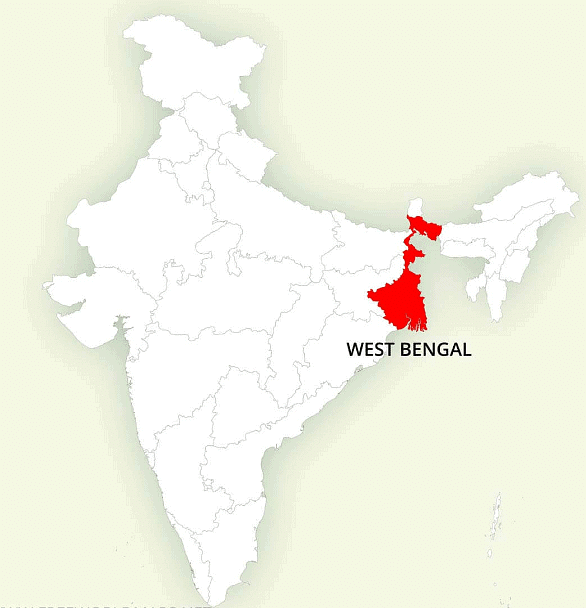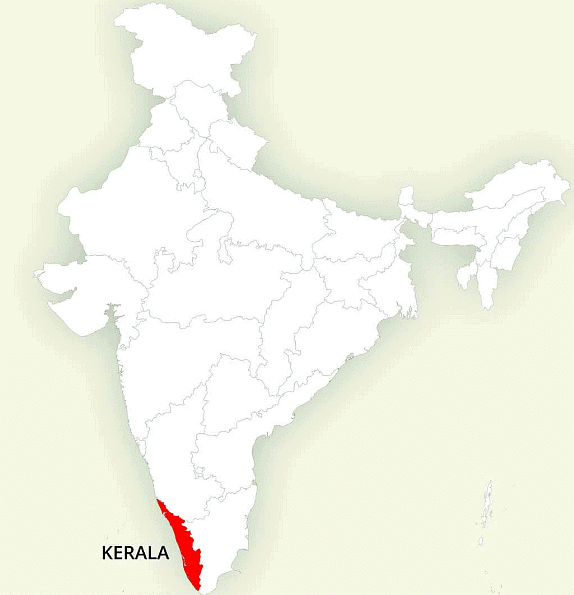NCERT Solutions for Class 6 Civics - Understanding Diversity
Q1. Draw up a list of the different festivals celebrated in your locality. Which of these celebrations are shared by members of different regional and religious communities?
Ans: Here’s a list of festivals celebrated in many places:
1. Diwali (Festival of Lights)
- Celebrated by: Hindus, Jains, Sikhs, and Buddhists
- Shared Celebration: Many people from different backgrounds enjoy Diwali by lighting lamps, eating sweets, and joining in the celebrations.
 Diwali
Diwali
2. Eid-ul-Fitr
- Celebrated by: Muslims
- Shared Celebration: People from other communities join Eid celebrations by sharing sweets, greeting friends, and enjoying special foods together.
 Eid
Eid
3. Christmas
- Celebrated by: Christians
- Shared Celebration: People from all backgrounds join in by decorating Christmas trees, giving gifts, and enjoying the holiday spirit.
 Christmas
Christmas
4. Pongal / Makar Sankranti
- Celebrated by: Hindus, especially in Tamil Nadu (Pongal) and other places as Makar Sankranti
- Shared Celebration: People from different communities enjoy traditional foods, fly kites, and join in cultural events.
 Pongal
Pongal
5. Navratri / Dussehra
- Celebrated by: Hindus
- Shared Celebration: People from different backgrounds attend Garba and Dandiya nights, fairs, and other events during these festivals.
 Dussehra
Dussehra
Q2. What do you think living in India with its rich heritage of diversity adds to your life?
Ans:
- Living in India enriches my life by allowing me to experience various cultures, languages, and traditions.
- It teaches me tolerance, respect for differences, and a deeper appreciation for diversity.
- This multicultural environment broadens my perspective, making me more open-minded and appreciative of other cultures, customs, and viewpoints.
- I also get the opportunity to celebrate a variety of festivals and participate in different traditions, which makes my life more colorful and exciting.
Q3. Do you think the term “unity in diversity” is an appropriate term to describe India? What do you think Nehru is trying to say about Indian unity in the sentence quoted above from his book "The Discovery of India"?
Ans: Yes, "unity in diversity" is an appropriate term to describe India.
 Discovery of India Book by Jawaharlal Nehru
Discovery of India Book by Jawaharlal Nehru
- Despite the vast differences in language, culture, religion, and traditions, Indians share a strong bond and sense of unity.
- Nehru, in The Discovery of India, suggests that India’s unity does not come from uniformity but rather from the deep-seated cultural and spiritual values that bind Indians together.
- He believes that India’s unity lies in its ability to embrace diversity while maintaining a common identity and mutual respect among its people.
Q4. Underline the line in the poem sung after the Jallianwala Bagh massacre, which according to you, reflects India’s essential unity.
Ans: Here is the poem sung after the Jallianwala Bagh massacre and the highlighted line: "The blood of Hindus and Muslims flows together today."
"The blood of Hindus and Muslims flows together today."
- This line reflects India's essential unity as it shows that in times of struggle, Indians, regardless of their religious background, stood together and shared in each other's pain and sacrifices.
- It highlights the collective resilience and unity of the Indian people during the freedom struggle.
Q5. Choose another region in India and do a similar study of the historical and geographical factors that influence the diversity found there. Are these historical and geographical factors connected to each other? How?
Ans:
 Location of West Bengal on India's Map
Location of West Bengal on India's Map
- Geographical Factors: Lies in the regions of the Ganges-Brahmputra Delta. It stretches from the Himalayas in the north to the Bay of Bengal in the south. A small coastal region is on the extreme south, while the Sundarbans forests are a remarkable landmark in the Ganges delta.
- Historical Factors: It has close relations with geographical factors. The major population depends on agriculture or mainly the cultivation of rice due to the fertile lands of the Delta. The people of Bengal supported the Bangladesh Liberation war. Durga Puja for Hindus and Eid for Muslims are two main festivals celebrated in Bengal.
 Location of Kerala on India's Map
Location of Kerala on India's Map
- Geographical Features: Situated between the Lakshadweep Sea and the Western Ghats. It has a wet and maritime tropical climate influenced by seasonal heavy rains. The western coastal belt is relatively flat compared to the eastern region and has many lakes and canals.
- Historical Factors: Due to coastal areas, export and import were prevalent and thus there are people from many religions. This state has a nearly equal population from Hinduism, Muslims and Christian regions. Festivals like Onam, Eid, Christmas, etc. are celebrated. The geographical features helped in the cultivation of spices.
|
69 videos|386 docs|80 tests
|
FAQs on NCERT Solutions for Class 6 Civics - Understanding Diversity
| 1. What is diversity and why is it important? |  |
| 2. How does understanding diversity help in building a better society? |  |
| 3. What are some examples of diversity in India? |  |
| 4. How can we promote diversity in our daily lives? |  |
| 5. What role does education play in understanding and appreciating diversity? |  |























